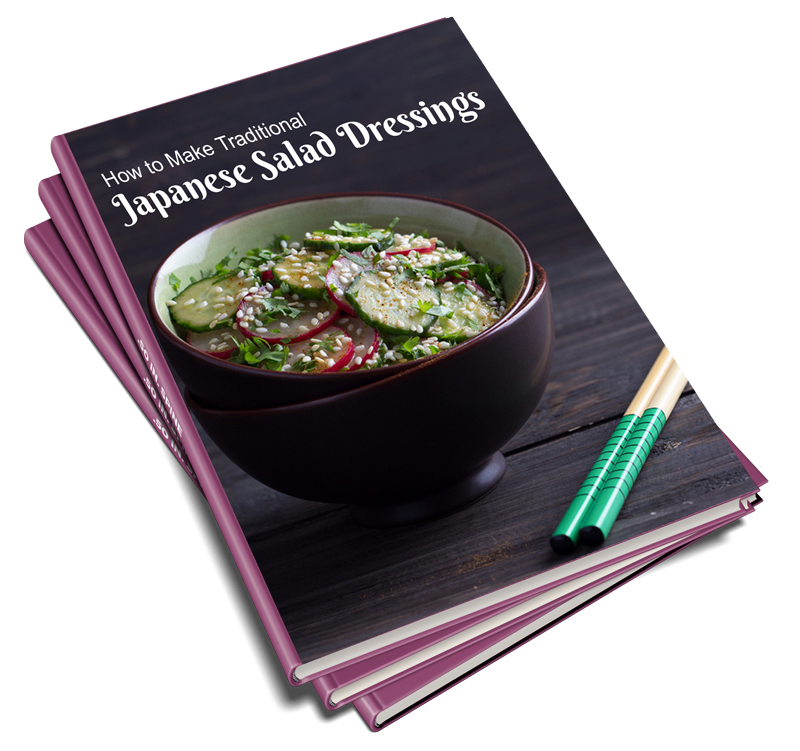What is Shojin Ryori?

Despite the image of Japan as a land of seafood, wagyu beef and other carnivorous delights, there is a longstanding tradition of vegetarian temple food known as Shojin Ryori. Dating back to the 13th century, this beautiful and healthful cuisine is deeply rooted in Zen philosophy and nourishes the mind as well as the body.
Introduced to Japan in the 13th century by Dogen Zenji (founder of Soto Zen), Shojin Ryori is a deceptively simple yet sophisticated vegan cuisine still served at Buddhist temples today.
Dogen outlined the principles of shojin ryori in his Tenzo Kyōkun (典座教訓), Instructions for the Cook, which is still the manual that guides meal preparation at monasteries and temples around Japan. The word “shojin” is made up of the characters for “spirit” and “to progress” and is often translated as “devotion food” in English.
Dogen taught that there are three minds: magnanimous mind (daishin), joyful mind (kishin) and nurturing mind (roshin). When preparing meals, the tenzo (chef) should embrace all three minds and every step of meal preparation should be done with total attention and mindfulness.
Not sure where to get ingredients?
I like NIHON ICHIBAN (a shop for authentic Japanese products run by the same family for 5 generations). This is an affiliate link so without costing you anything extra, I’ll earn a small percentage of the sales if you purchase items through this link. Thank you for your support!
Balance and seasonality are of utmost importance in the Zen kitchen.
Presentation is simple, with no ostentatious garnishes or “unorthodox” ingredients (including imported fruits and vegetables). Tableware depends on settings; in Soto Zen monasteries, monks eat from a special set of nesting bowls called oryoki. In shojin ryori restaurants and on special occasions, meals are served in lacquered bowls on raised lacquered trays.
Shojin ryori is based on the “rule of five”: five elements (godai), five colors (green, yellow, red, black, and white), five flavors (sweet, sour, salty, bitter, and umami), and five cooking methods (raw, stewed, boiled, roasted, and steamed). In addition to seasonal herbs and vegetables, shojin ryori uses many forms of tofu and wheat gluten.
Meals are carefully prepared according to these principles. Cooking itself becomes an act of meditation and mindfulness, and those being served eat with a deep appreciation for the land, the ingredients, and the farmers and producers that were involved at each step of the process. The Japanese phrase “itadakimasu” recited before meals actually comes from Gokan-no-ge (the Five Reflections), which Buddhists recite before meals:
- Engage with the food. Consider how nature’s miracles and people’s hard work have culminated in the creation of the food you are about to enjoy.
- Reflect upon your day and yourself. Contemplate whether your actions make you worthy of the meal in front of you.
- Observe whether your own spirit is pure like the food.
- Chew slowly and enjoy every bite. Good food is medicine. It is a way of rejuvenating and purifying your fatigued body.
- Be thankful for all, and eat with gratitude.
Some tips to making Gomadofu (Sesame tofu):

One of the most recognizable dishes of shojin ryori is gomadofu, sesame tofu. Despite having “tofu” in the name, the dish does not contain soy and is made from only three ingredients: sesame paste, kuzu starch, and water. You can use white, golden or black toasted sesame seeds for this dish.
To make authentic gomadofu, you will need serious arm power and stamina as hand-grinding the sesame seeds in a suribachi (mortar) with a surikogi (pestle made from prickly ash wood) takes anywhere between 30 to 40 minutes. Store-bought white or black sesame seed paste (or even tahini) can also be used, but I prefer to make gomadofu the way it has been made for centuries.

Author Bio
Sarah B. Hodge (www.bundtlust.com) is a food and travel writer for several publications in Japan including Tokyo Weekender and Stars and Stripes Japan. She has studied shojin ryori since 2011 with several teachers including Masami Asao, Kakuho Aoe, Daisuke Nomura, and Mari Fujii.
Recipes may include affiliate links, so without costing you anything extra, I’ll earn a small percentage of the sales if you purchase these items through these links. Thank you for supporting Thanks for the Meal!

GOMADOFU (ごま豆腐) | SESAME TOFU
Ingredients
- 70 grams toasted sesame seeds (white, golden, or black), or sesame paste/tahini
- 50 grams kuzu starch, grind down into super-fine powder before adding as it is less likely to result in lumps.
- 400 ml filtered water
Condiments
- Grated ginger, wasabi and soy sauce to taste
Instructions
If using a Suribachi:
- Add the sesame seeds all at once and continue to grind until you have a smooth paste AND the seeds have released their oils (it usually takes between 30-40 minutes). Slowly add filtered water little by little and mix well.
If using jarred Sesame Paste or Tahini:
- Add along with the filtered water and mix well.
Continue with Recipe:
- Pour the sesame seed water through a strainer into a medium-sized pot or saucepan (if using a traditional Japanese strainer, take care not to press down on the mesh as it breaks easily). Once all the water / sesame seed paste has been added to the pot, slowly pour in the kuzu starch and incorporate with a whisk (do this step off the heat).
- Using a medium flame, whisk the sesame seed mixture frequently. It will continue to thicken. Bring to a boil and stir vigorously, for about 20 minutes; the mixture will change in both texture and color and become more translucent (especially if using white sesame) and will look like a thick pudding.
- Pour the sesame tofu into a square or decorative mold that has been dampened with water or sprayed with nonstick cooking spray (I have made gomadofu with metal, silicone, and plastic molds and all three will work).
- Bang on a flat surface to remove trapped air bubbles and smooth the top (don’t worry if there are wrinkles; this will be at the bottom once you unmold).
- Let cool to room temperature (this can be done more quickly by placing the mold (in a larger pan and surrounding with ice water) then store in the refrigerator.
- Unmold onto a cutting board and slice using a knife dipped in hot water between each cut (if using decorative silicone or plastic molds, simply unmold directly onto your serving dish).
- Garnish with grated ginger, wasabi, and a drizzle of soy sauce and enjoy!
Get FREE Japanese Recipes by Email! Sign Up Now!

Do you have Lucy’s cookbook yet?



Leave a Reply